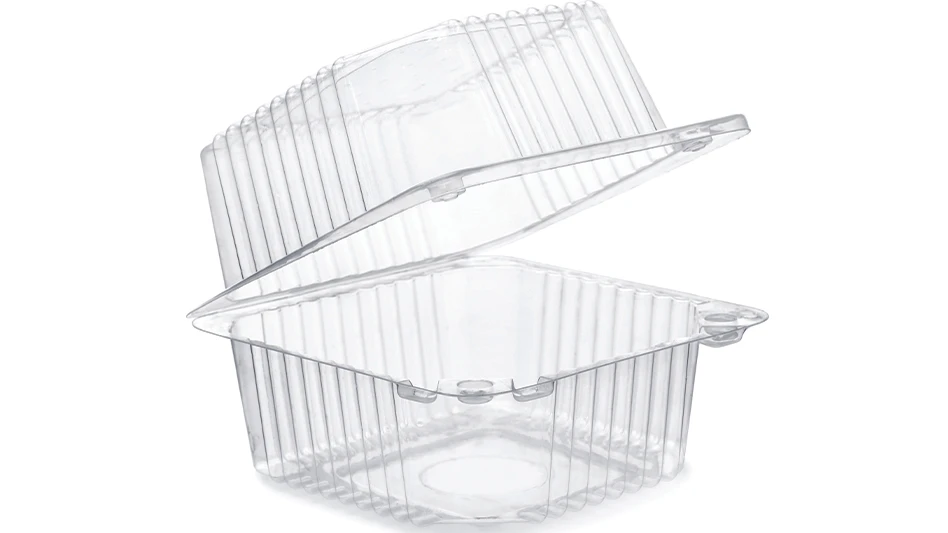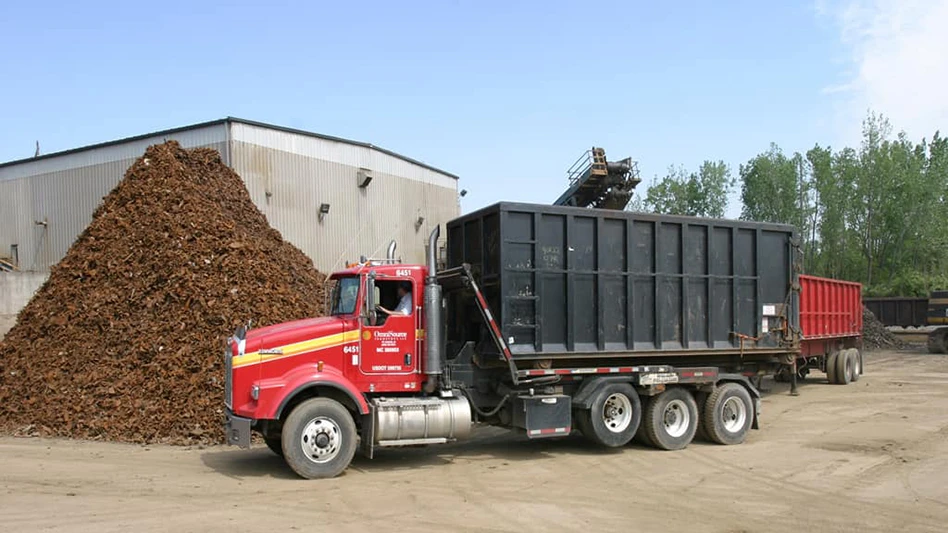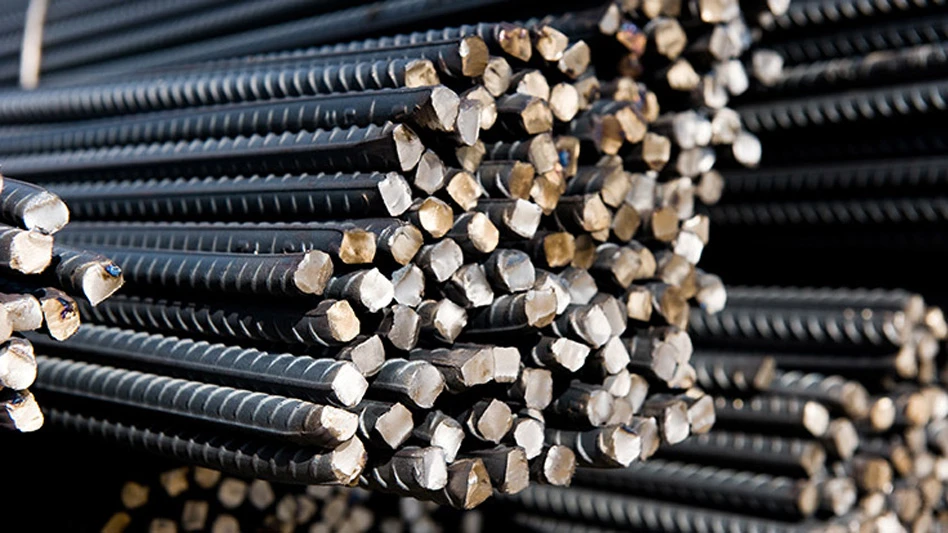Any good news is welcome among processors and brokers who trade in ferrous scrap, a commodity for which markets have been decidedly more challenging since September of 2008.
Since ferrous scrap hit a pricing peak in July of 2008, traders and processors of the material have watched first overseas demand and then domestic demand plunge sharply, bringing the per-ton price down along with it.
While many processors and shippers expected a post-Olympics boom in demand from China in September, what occurred instead was a market bust. Scrap buyers in China not only placed few new orders, but many were unable or unwilling to pay for orders placed previously.
Scrap dealers are hardly alone in having dealt with economic turmoil in the past eight months. However, as participants in several key sectors of the economy—and dealing in a commodity that is often considered a leading indicator of where the economy is headed—those in the ferrous scrap trade are rooting as hard as anyone for the return of some good news. Consumption trends in other nations may be providing such news.
PLANS AND STRATEGIES
After global lender Lehman Brothers declared bankruptcy in September of 2008, followed by failures and massive write-downs by more banks throughout the world, the majority of elected officials began paying significant attention to the state of their national economies.
Subsequent economic ripples affecting consumer spending, industrial production and unemployment levels served to prompt more activity from governments around the world.
While attempts at lending market stabilization (or outright bank bailouts in some cases) typically have come first, they have been followed by any number of attempted economic booster shots known as "stimulus plans."
As much as 75 percent of China’s $586 billion stimulus plan is targeted toward new housing, roads, the power grid, railways, airports and rebuilding areas devastated by the May 2008 earthquake. These metals-intensive "brick and mortar" projects should result in significant demand for structural steel as well as for nonferrous metals.
A consumer spending incentive attempted in Germany helped increase that nation’s sale of automobiles by 22 percent in February of 2009 compared to February of 2008. According to an Agence France-Presse (AFP) report, a bonus offered to buyers who turned in old cars helped Germany to sell more than 277,000 vehicles in February of 2009 and 400,000 cars in March.
The incentive program offers ¤2,500 ($3,150) when buyers of new cars turn in obsolete automobiles or any vehicles that are considered behind in meeting current emissions standards.
Critics of the program, however, see it as potentially front-loading auto sales this spring at the expense of sales that would have been spread throughout the rest of 2009 and into 2010. And as impressive as the sales figures are for March, they did not prevent the German steel industry from lowering its output in March of 2009 to 2.1 million metric tons—down from 2.5 million metric tons in February of 2009 and nearly 4.2 million metric tons in March of 2008.
By contrast with the metals-intensive efforts in China and Germany, the American Recovery and Reinvestment Act (ARRA) has been criticized as providing too little infrastructure spending in its overall $758 billion plan. The Associated General Contractors of America (AGC) provides one estimate, calculating that about $135 billion is related to construction or infrastructure spending.
Speaking to attendees of the C&D World event in March of 2009, Portland Cement Association economist Edward Sullivan predicted that much of the basic materials-intensive spending won’t get ramped up until 2010. Sullivan said that many metals-intensive projects (such as bridge replacements and laying new highway lane miles) may not be in full swing until the second half of 2010 to allow time for bidding and planning.
A SMALLER MARKET
While elected officials attempt to kick-start economic activity, ferrous scrap processors and brokers have had to cope with how to operate profitably in a sharply smaller market.
The market has become smaller by all measures, including per-ton pricing. The Raw Material Data Aggregation Service (RMDAS) of MSA Inc., Pittsburgh, collects scrap buying transaction data from steel mills throughout the United States.
According to RMDAS figures, prompt industrial scrap reached its peak value on the spot market in July of 2008, when it traded at $878 per ton on average. The value held nearly steady in the August buying period ($857 per ton) before beginning its plunge in the disappointing post-Olympics market in September, when it fell sharply to $564 per ton.
The April 2009 average spot market price of $167 per ton is second only to the November 2008 spot price of $155 per ton as the lowest the market has been since falling from its July peak.
Recyclers say the decline in price is nearly matched by a decline in volume—both inbound and outbound.
Scrap processors ranging geographically from Texas up to Wisconsin report that even with a reduced inbound flow, they are still taking in more ferrous scrap than they can sell each month.
Shippers dependent on domestic markets need only look at statistics kept by the American Iron and Steel Institute (AISI), Washington, D.C., to confirm that steel is being produced in 2009 in the United States at roughly half the rate it was in the first half of 2008.
"We could use a stronger steel market," a Great Lakes region processor says. "Domestic steel is the real concern—export is not enough to keep the market stable," he adds.
A processor in the Mid-Atlantic region calls the export market "a bright spot" and notes healthy April demand for scrap at bulk shipping yards on the East Coast as well as from brokers seeking containerized ferrous scrap.
This bright spot only goes so far toward illuminating what have been some dark days for U.S. ferrous scrap recyclers.
On the generation side, reduced industrial production has resulted in limited availability of prompt grades; decreased demolition activity has reduced the flow of plate and structural; and individuals repairing their older vehicles and appliances (rather than replacing them) have reduced the flow of obsolete scrap.
"The same companies that had been fighting for 10 pounds are now fighting for five pounds," the Great Lakes region recycler says.
The recycler in the Mid-Atlantic region makes a similar observation, saying, "It has been very difficult to buy scrap, even with some competitors having essentially dropped out of the market. People are just getting rid of less—auto wreckers are getting rid of fewer cars, and it’s the same with owners of dishwashers and refrigerators." He adds, "It’s a function of people not wanting to spend money."
The chase for materials is matched by a need to scale back operations as well, with almost all recyclers reporting having conducted layoffs in late 2008 or early 2009. "Everyone has cut back," says the Great Lakes region recycler. "It’s a shame, because these are good people who you have trained to do important work for you."
Some scrap processing facilities have been idled, such as Sims-Metal Management reportedly closing several locations in the Chicago area, and most auto shredders have greatly reduced their operating hours. The recycler in the Great Lakes region says, "You try to set up your model based on your intake and what you’re shipping out. You can survive for a longer period if you can control your costs."
UNCLEAR SIGNAL
Sponsored Content
Labor that Works
With 25 years of experience, Leadpoint delivers cost-effective workforce solutions tailored to your needs. We handle the recruiting, hiring, training, and onboarding to deliver stable, productive, and safety-focused teams. Our commitment to safety and quality ensures peace of mind with a reliable workforce that helps you achieve your goals.
Having adjusted for less overall business on the one hand, many ferrous scrap processors also have had to make adjustments to ensure they know how to properly serve the export market.
While domestic steel mill and foundry production remains half of what it was just eight months ago in the United States, metals producers in some nations seem to have rallied back in early 2009.
World crude steel production for the 66 countries reporting to the World Steel Association, Brussels, Belgium, was nearly 92 million metric tons in March, increasing from a production figure of less than 85 million metric tons in February.
The steelmaking pace is still slower globally compared to 12 months ago. The March 2009 figure is 23.5 percent lower than production for March 2008.
The world’s largest steel producer by far, China, remains an anomaly. For the first quarter of 2009, China showed a slight increase of 1.4 percent in steel produced, while every other major steel producing nation showed a decrease compared to the same quarter in 2008, according to World Steel.
But a glimmer of hope might be evident in the March 2009 to February 2009 comparisons, when steelmaking in Turkey showed a rebound from 1.7 million tons of steel produced in February to 1.83 million tons produced in March.
India was another nation demonstrating growth, moving from an estimated 4.1 million metric tons of steel produced in February of 2009 to 4.5 million metric tons produced in March.
U.S. production was essentially flat, moving from slightly less than 4 million metric tons in February to slightly more than 4 million metric tons in March.
For the month of March, the U.S. was the world’s fifth largest steelmaking nation, with China, Japan, Russia and India all producing more steel than the U.S.
Should North American steel production remain muted, ferrous scrap processors and shippers are likely to stay closely attuned to the needs of scrap buyers representing mills located half a world away from their scrap yards.
The author is editor in chief of Recycling Today and can be contacted at btaylor@gie.net.
Get curated news on YOUR industry.
Enter your email to receive our newsletters.

Explore the May 2009 Issue
Check out more from this issue and find your next story to read.
Latest from Recycling Today
- Toppoint Holdings expands chassis fleet
- Lego creates miniature tire recycling market
- Lux Research webinar examines chemical recycling timetables
- Plastics producer tracks pulse of wire recycling market
- Republic Services, Blue Polymers open Indianapolis recycling complex
- Altilium produces EV battery cells using recycled materials
- Brightmark enters subsidiaries of Indiana recycling facility into Chapter 11
- Freepoint Eco-Systems receives $50M loan for plastics recycling facility







